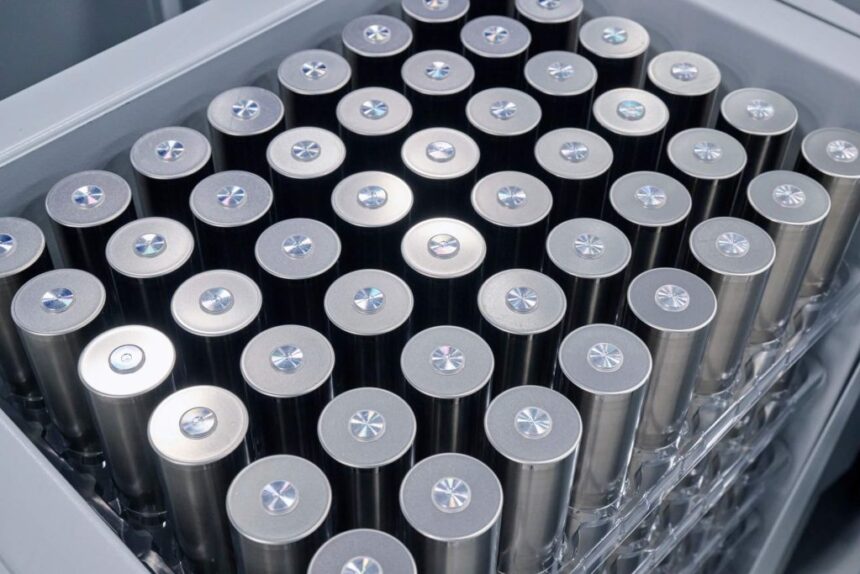The Future of Renewable Energy: Exploring Sustainable Battery Technologies for Grid Energy Storage
The world is making significant strides towards transitioning to renewable power sources, but there are still challenges to overcome. Solar power is not available at night, and wind power can be unpredictable. This necessitates the development of new technologies that can store excess energy from the grid and release it when needed.
While rechargeable lithium-ion batteries have been instrumental in powering everyday devices and electric vehicles, they are not without their limitations. These batteries rely on scarce resources like lithium, nickel, and cobalt, which raises concerns about sustainability and cost.
Dr. Xiaowei Teng, a leading expert in Chemical Engineering at WPI, is spearheading a research team focused on exploring alternative battery technologies for grid energy storage. Their recent findings, published in the prestigious scientific journal ChemSusChem, suggest that iron, when combined with the electrolyte additive silicate, could be used as a high-performance alkaline battery anode. Iron, being the second most abundant metal in the Earth’s crust, offers a more sustainable alternative to nickel and cobalt. In fact, the United States alone recycles over 40 million metric tons of iron and steel from scrap each year.
Although iron has been used as an alkaline battery anode in the past, it has been limited by low energy efficiency and storage capacity due to the formation of hydrogen gas during charging and inert iron oxide during discharging.
Dr. Teng explains, “Hydrogen gas formation during charging significantly reduces the energy efficiency of the battery system. Without addressing these technical challenges, iron alkaline batteries are not an ideal choice for modern energy storage systems.”
In their groundbreaking research, the team discovered that incorporating silicate into the electrolytes could prevent the formation of hydrogen gas during charging. Silicate, a compound of silicon and oxygen commonly used in various industries, was found to interact with battery electrodes effectively and suppress hydrogen gas generation. This innovation could enhance the performance of alkaline iron batteries in energy storage applications such as microgrids and renewable energy farms.







